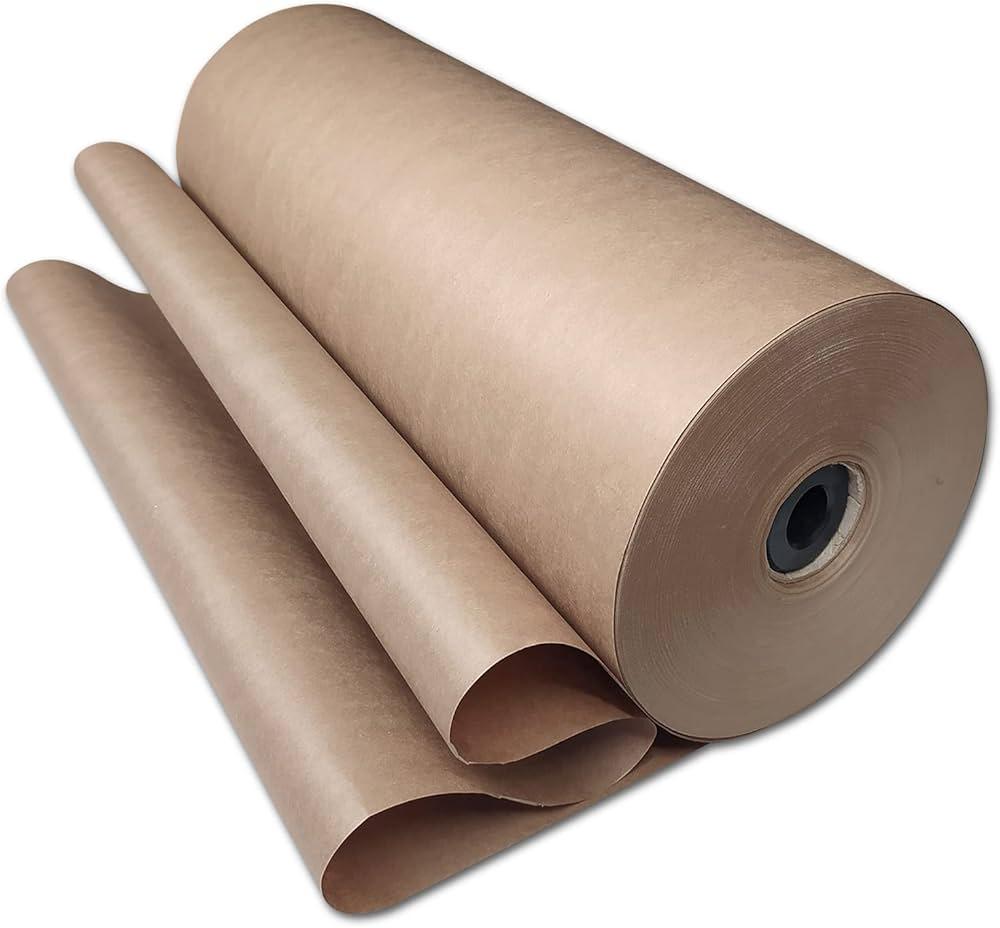With the aid of layouts, packaging can be effective and appealing to look at. Planning designs is a crucial consideration when using Custom Kraft paper so that all the elements fit perfectly. Considerate design enhances clarity, branding, and leaves a memorable impression on the customers. Companies depend on streamlined designs that will display merchandise in a professional and understandable manner. Unless it is structured, the packaging design will look disorganized or inefficient. Kraft paper can be more than a wrapping with the correct layout, and the kraft paper becomes a branding tool. By closely aligning, balancing, and spacing, consistency is achieved in all packages. Optimized layout takes packaging to a whole design experience.
Layout Basics
The first step in the optimization of designs of custom-made kraf paper is to understand layout basics. A layout gives form, balance, and flow throughout the whole surface. Grids help designers to align their elements so that each logo, pattern, or graphic can have a space to breathe. Designs that lack a well-thought-out layout may look disorganized or imbalanced, and this lowers the visual appeal. Correct margins and spacing give clarity and readability to designs of varying scale. Balanced layout also makes sure that the content conveys the intended brand message. All the design features must have a purpose, and they create harmony on the sheet.
Design Balance
The balance is significant in designing wholesale custom kraft paper. The visual weight is to be equally shared, and text, patterns, and branding symbols should be in balance. Symmetrical balance may be used to render the feeling of stability and order, whereas asymmetrical layouts provide creativity and exceptionality. In order to be balanced, it is important that designers observe size, color, and typography throughout the surface. An asymmetric arrangement can be distracting to the eye of the customer, undermining the design. Negative space also needs to be balanced because it avoids an overcrowded design. The objective is to establish uniformity that is a reflection of the quality of products and the brand name. A well-balanced design enhances visual attraction.
Print Focus
The layout to be custom printed kraft paper should be clear in all details. High-resolution graphics are necessary when printing so that the graphics are sharp and not blurred. The typography is a critical decision because it is necessary to ensure that the text will be readable once it is printed. The coherence of the logos and motifs makes the repeated patterns consistent. Color testing is essential in order to make sure that the shades are colorful and correct after printing. Bleed margins have to be taken by designers to avoid trimming being done accidentally during production. Pay attention to scaling to make sure that patterns or icons are correct on large and small packages. Print-oriented layouts enhance the final product as far as packaging is concerned.
Branding Power
The main position in the optimization of layout belongs to branding. Brand identity must be visible throughout the sheet when the design is done to fit in custom wax paper packaging. Reiterative logos, slogans, or brand signs make a memorable impression on the customer. The recognition and the trust are strengthened by the clear positioning of branding elements. The design must see to it that the brand message remains vibrant in case of folding, cutting, or wrapping the paper. Consideration should be given by the designers to the orientation of graphics such that branding is seen from various angles. During the process of maximizing branding in the layout, companies can establish uniformity in the packages of all types. Strong branding enhances long-term recognition.
Visual Flow
The layout must be optimized by taking into consideration the visual flow, which guides the eye in a way that is natural to the design. The paper is more attractive to look at as lines, shapes, and repetition form rhythm. The hierarchy makes sure that the most crucial things are given first priority in their handling. As an example, a logo can serve as the center of attention, and the patterns and textures lead the eye away. Also, regular matching of the visuals minimized distraction, hence precision. The designers ought to play around with the scale, bringing out the features of the design. The flow of visuals enables the viewers to be entertained without feeling overwhelmed. Right flow guarantees that the customers identify with the brand message easily.
Texture Role
Layouts on Wax papers with logo surfaces are very much dependent on texture. Natural grain of material contributes to printed components by altering the interaction of colors and forms. Ink on textured surfaces: Designers ought to be aware of the way in which ink clings to rough surfaces when doing layouts. Light designs might be more compatible, and bold graphics can be seen ona ron a finish. The ink density makes sure that the visual is crisp and sharp. A layout ought to complement and not rival the naturalness of the paper. The use of subtle graphics combined with texture produces some sort of a unique appearance. Gestalt-sensitive layouts provide sophistication and strengthen the physical touch to the packaging designs.
Conclusion
There is also optimization of layout on Custom Kraft paper that guarantees stronger brands, clean presentation, a nd long-term impressions. Companies that design layouts well obtain uniformity in all packaging styles. The space, harmony, and clarity of the print make designs more professional. The appropriate visual flow retains the customer's attention, and branding features are memorable. Layouts are designed with graphics and the natural kraft paper texture to give aesthetics. Each element in the design is not vain, and it causes harmony in the sheet. A carefully optimized design makes packaging a means of communication with each product shining proudly in the market.



